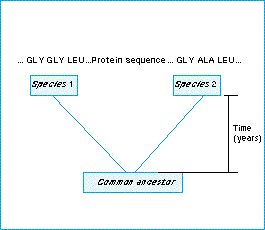Molecular evolution and neutral theory - What were Kimura's arguments for neutralism?

The first arguments for neutralism were based on breakthroughs in molecular evidence in the 1960s:
The rates of molecular evolution and amounts of genetic variation can be measured. It was these findings which led the Japanese geneticist Kimura to first put forward the neutral theory.
When, in the 1960s, the sequences of particular proteins became known for several species, biologists could work out the number of amino acid changes that occurred during the evolutionary divergence of a pair of species. The same calculation has been made with many DNA sequences, as they have become increasingly available since the 1980s.
For any two species, the approximate age of their common ancestor can be estimated from the fossil record. The rate of protein evolution can then be calculated as the number of amino acid differences between the protein of the two species divided by 2x the time to their common ancestor. If the species are humans and mice, their common ancestor probably lived about 80 million years ago.
If we look at the sequence of a 100 amino acid protein in the two species and it differs at 16 sites, then the rate of evolution is estimated at 16/(100 x 160 x 106) = 1 x 10-9 per amino acid site per year.
DNA evolution rate
The same calculation can be made per nucleotide site for the rate of DNA evolution. An approximate memorable figure is that amino acids are substituted at a rate of around 1.5 x 10-9 per amino acid site per year.
Figure: imagine that some region of protein has the illustrated sequences in two species. An alanine has been substituted for a glycine in the lineage leading to species 2, or a glycine for an alanine in the lineage to species 1. Either way, the amount of evolution is one change and it has taken place in twice the time (t) from the modern species back to their common ancestor; or, one change in 2t years.
| Next |



